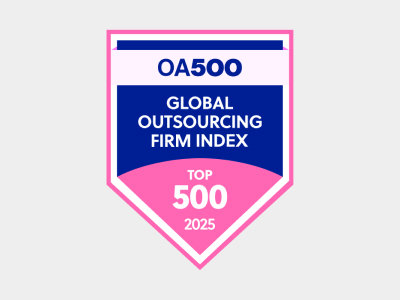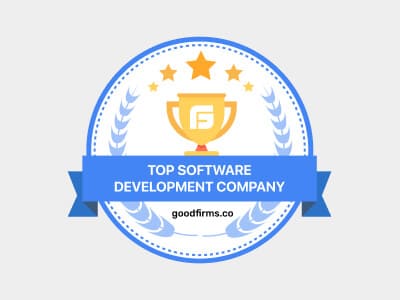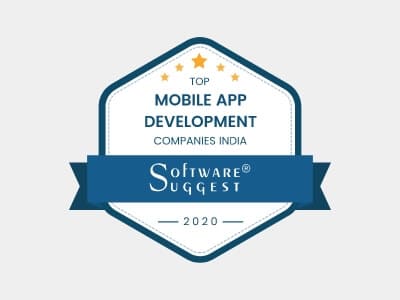Outsourcing has now become a cornerstone of global business strategy. Organizations of all sizes view IT outsourcing not just as a cost-saving measure, but as a way to unlock innovation, access specialized skills, and scale faster in an increasingly competitive digital economy. Over the past decade, outsourcing has matured, shifting from transactional engagements to strategic partnerships that drive long-term business outcomes.
Outsourcing in Information Technology has been more popular than some of the other sectors of the economy. One of the reasons for the same can be that there are clearly laid out procedures in the IT industry that can be augmented by the process of outsourcing.
Top IT Outsourcing Shifts to Watch in 2025
We have documented some of the trends that we think might manifest in the domain of IT Outsourcing in the year 2025. These are based on our experience, knowledge, and profound research that our team conducts on a regular basis:
1. AI-Driven Automation
What was once a prediction in 2014 is now a reality. Artificial intelligence and machine learning are embedded into outsourcing services, enabling predictive analytics, automated code review, chatbot-driven support, and even AI-assisted software development. Rather than replacing humans entirely, AI is augmenting teams to deliver faster and smarter outcomes.
2. Hybrid & Distributed Work Models
The rise of remote work and distributed teams has reshaped outsourcing. Instead of the old “hybrid” insource/outsource model, 2025 emphasizes globally distributed teams working seamlessly across borders, enabled by collaboration platforms and real-time communication tools.
3. Outcome-Based Pricing
Clients today demand measurable value. Flexible pricing has matured into outcome-based models, where service providers are rewarded for performance, efficiency, and innovation — not just hours worked. This ensures outsourcing aligns tightly with business goals.
4. Cloud-Native & Edge Solutions
Cloud outsourcing has evolved into cloud-native development and edge computing services. Providers are building scalable, containerized, and microservices-based solutions, while ensuring compliance with data sovereignty regulations. Security, redundancy, and real-time processing are now non-negotiable parts of the outsourcing package.
5. Hyper-Competition & Niche Expertise
With outsourcing hubs across Asia, Eastern Europe, Latin America, and Africa, competition has exploded. To stand out, providers specialize in niche domains like fintech, healthtech, cybersecurity, and AI. Clients now seek partners with deep vertical expertise rather than generic outsourcing firms.
6. Experience-Driven Partnerships
Customer relationship strategies have transformed into experience-driven partnerships. Outsourcing firms now invest heavily in long-term collaboration, cultural alignment, and co-innovation, often embedding teams within client ecosystems. Trust, transparency, and shared success metrics define modern relationships.
As we move further into 2025, IT outsourcing is no longer just about cost arbitrage — it’s about agility, innovation, and resilience. Companies that embrace AI, cloud-native solutions, and strategic partnerships will thrive, while those clinging to outdated outsourcing models may struggle to keep up. The future belongs to organizations that treat outsourcing providers as true collaborators in growth and transformation.
Testimonials: Hear It Straight From Our Global Clients
Our development processes delivers dynamic solutions to tackle business challenges, optimize costs, and drive digital transformation. Expert-backed solutions enhance client retention and online presence, with proven success stories highlighting real-world problem-solving through innovative applications. Our esteemed Worldwide clients just experienced it.
Awards and Recognitions
While delighted clients are our greatest motivation, industry recognition holds significant value. WeblineIndia has consistently led in technology, with awards and accolades reaffirming our excellence.

OA500 Global Outsourcing Firms 2025, by Outsource Accelerator

Top Software Development Company, by GoodFirms

BEST FINTECH PRODUCT SOLUTION COMPANY - 2022, by GESIA

Awarded as - TOP APP DEVELOPMENT COMPANY IN INDIA of the YEAR 2020, by SoftwareSuggest